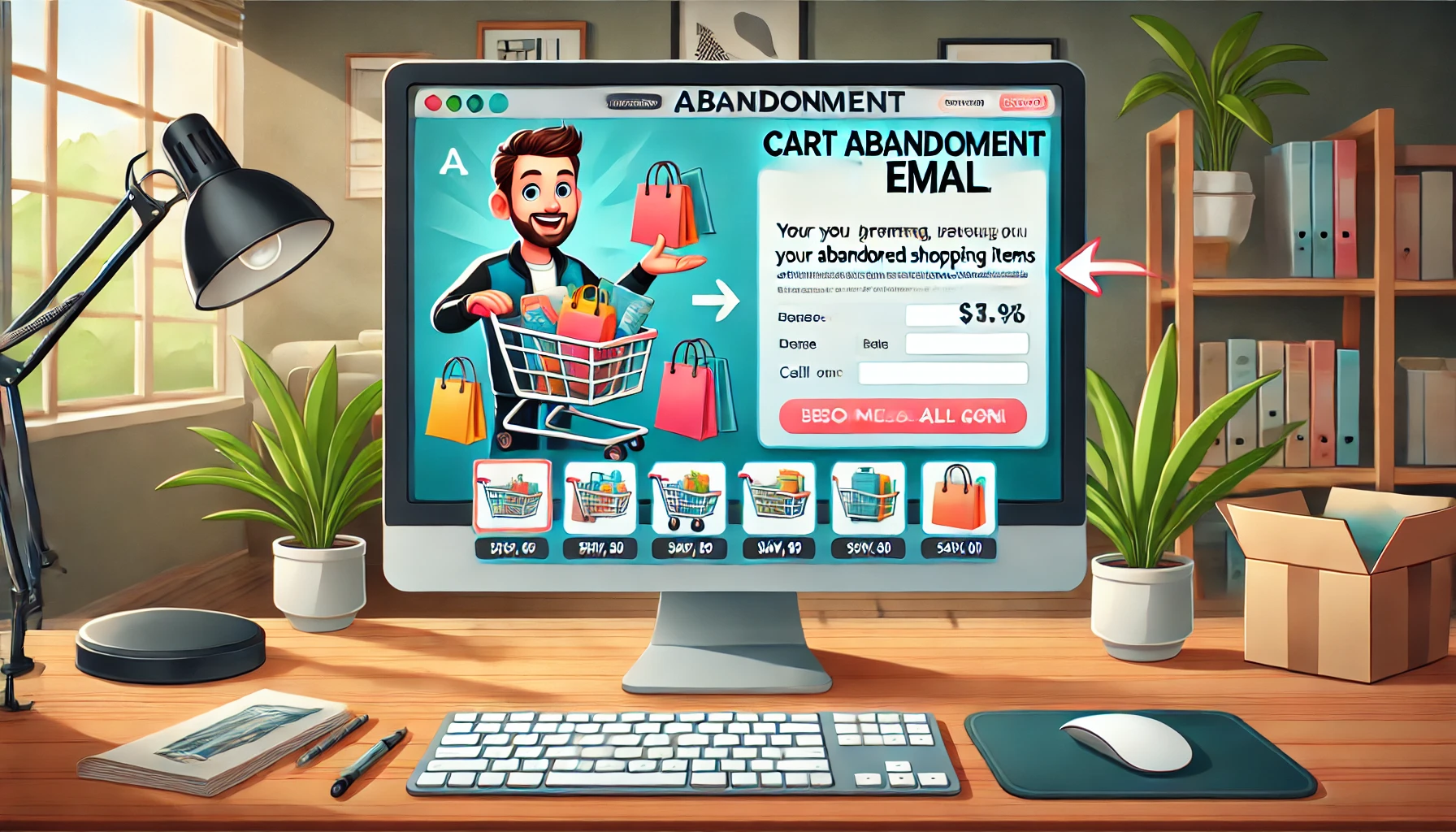Let’s say you run a grocery store dedicated to promoting healthy eating. You spend a bunch on fancy produce displays that showcase an array of vibrant, nutritious veggies. People are flooding in just to gawk at your gorgeous greens. But here’s the kicker—they’re just looking. No one’s actually buying anything. This is exactly the kind of situation where understanding and implementing CRO or Conversion Rate Optimization, becomes crucial.
So, what’s this CRO thing all about? Well, it’s all about figuring out how many of your visitors are turning into actual buyers. Are the folks visiting your site just browsing or are they helping your business grow by making purchases? That’s what companies want to know when they pour resources into CRO marketing—they’re making sure that their investment is genuinely boosting sales.
While boosting sales is a big focus, getting leads is just as crucial. Leads can be anything from someone creating an account, signing up for an email newsletter, downloading something, taking a survey or starting a free trial. What counts as a conversion can vary depending on what your business needs but the cool part is you can track all this stuff with tools like Google Analytics.
Why Bother with CRO?
Tracking your conversion rate is essential for getting to know your customers’ behavior. By looking at conversion data and making informed tweaks to your strategy, you can seriously amp up your revenue.
Let’s say you recently added a video showcasing your products to one of your website pages. Your stats reveal that visitors who watch the video tend to stay on the site longer and are more likely to make a purchase. That’s a win—you’ve not only boosted sales but also validated the expense of making that video!
Investing in your website and marketing costs a pretty penny. So, having a solid strategy for CRO means you’re likely to see a better return on that investment. It’s like a chain reaction—better CRO leads to better profits, which means more cash to attract even more customers.
And if you’re smart about using what you learn from your conversion rate data, these won’t just be any customers; they’ll be high-quality leads who are more likely to stick around.
How Can You Effectively Enhance Your CRO?
So, how exactly do you boost your CRO? As an internet marketer, you’ve got a whole toolbox available to enhance conversions. It really boils down to understanding how folks behave online and tweaking your website’s design, visuals, text and usability to better meet their needs.
By testing different versions of your website, you can really get into the minds of your customers and open the door to more sales. Here are some solid tips and techniques to level up your CRO game.
Finding Quality Customers
It’s not just about pulling in loads of visitors to your site; it’s about attracting the right kind of visitors. You want customers who are genuinely interested in what you’re offering—people whose lifestyle and habits resonate with your brand.
These customers are more likely to become loyal fans and even help spread the word about your products. So, the goal of a smart CRO strategy is to attract these ideal customers, not just any random web surfer.
The Triple R Strategy: Research, Research, Research
Michael Aagaard, a well-known figure in the conversion optimization field, really hits the nail on the head when he talks about the importance of thorough research. He likens it to sharpening an axe before trying to chop down a tree, aiming to get it right on the first go rather than hacking away blindly.
Doing your homework involves diving deep into analytics to understand where your traffic comes from, what your competitors are up to, what designs work best on landing pages and how effective your current visuals and copy are. Getting to grips with all these factors is crucial and there are numerous tools and services available to help streamline this process.
Navigating Your Conversion Funnel
Think of your conversion funnel as the journey your customers take from the moment they land on your website to the point they make a purchase. They start with a ton of options but ideally end up at one destination: buying your product. Optimizing this funnel is a bit tricky—it’s about figuring out the best steps your customers should take one after the other.
It’s crucial to guide your customers through the buying process by really understanding what they experience at each stage and what they need to move forward. For instance, imagine a customer is ready to check out from the shopping cart but the process gets too complicated and they bail—hello, abandoned carts!
By simplifying things, like introducing a one-page checkout, you could really streamline your funnel and keep those carts rolling to the finish line.
Dive into A/B Split Testing
Here’s a straightforward approach: A/B split testing. Just take one of your web pages and create a clone but change one thing on the duplicate. Send half your visitors to the original page (Page A) and the other half to the modified page (Page B).
Give it some time, then see which page does better. The winner becomes your go-to model. This method isn’t just effective—it’s essential for continuous growth and the best part? You can use it to test almost anything, across all areas of your business.
Exploring Multivariate Testing
Then there’s multivariate testing, which is all about experimenting with different setups on your page. You mix and match various elements like images, videos, calls to action and copy to see which combination clicks best with your audience.
This method generates a lot of data, especially if you’re playing with multiple variables, making it a goldmine for insights. However, because of the complexity and the amount of data it churns out, it’s typically recommended for businesses with a lot of traffic.
Crafting an Effective Call to Action
It’s super important to have a call to action (CTA) on multiple pages of any website but tweaking them a bit can really boost how much your visitors engage. The trick is to remove any mystery—people are way more likely to click on a CTA when they know exactly what to expect. For instance, if you’re selling health foods, instead of a generic “Buy Now” button, try something more specific like “Buy Now & Get Healthy.”
It might sound obvious but always make your CTA look like a button. If it just looks like plain text, people might completely overlook it. Learning to craft a CTA that really works can push your brand to new heights and really drive your success.
Understanding Your Audience
After you’ve collected some data about who’s visiting your site, it’s crucial to start breaking down your audience into specific profiles based on their behaviors and habits. Ask yourself: Who are they? Where do they live? What’s their job? Are they single or married? Answering these questions allows you to create a detailed picture of their buying journey, known as customer journey mapping.
You’ll want to track their steps from initial brand awareness, through engagement, to making a purchase and eventually to becoming a returning customer or even a brand ambassador. There’s a lot of great info out there on customer journey mapping that can guide you through this process.
Moving Beyond Stock Photos
People have been surfing the web for ages now and they can spot a stock photo from a mile away. Overusing clichéd images, like those artistic shots of skyscrapers, just doesn’t cut it anymore. It’s more impactful to show the human side of your business.
Visitors connect better with a brand when they can see behind the scenes—think photos of your actual employees and snapshots of your company culture. This approach not only feels more genuine but also helps build a stronger connection with your audience.
Mastering Clear Headlines
Never underestimate the power of a great headline. Often, copywriters and marketers get a bit too mysterious with their wording. However, customers don’t have the time to decipher vague messages—they visit your site wanting to grasp what you’re all about instantly. So, clarity from the get-go is key. I’d recommend checking out resources on A/B testing for headlines; it’s a fantastic way to sharpen your skills and find what resonates with your audience.
Make Your Contact Info Obvious
Ever been about to buy something online, only to realize you can’t find the company’s contact info? It feels sketchy, right? Customers are less likely to trust, let alone buy from, a site that hides this information. To build trust, make sure your phone number is easy to spot right on your homepage and that your physical or mailing address is just as accessible.
Highlight Your Unique Selling Points
Take a moment to evaluate what you offer that your competitors don’t. Once you’ve pinpointed your unique selling points, make sure they’re front and center on your site. For example, if you’re selling a trendy product like healthy ice cream, showcase what makes your brand stand out from other health-conscious desserts. Highlighting these differences can make a big difference in attracting and retaining customers.
Learn From What’s Not Working
It’s always great to see positive results from a new change but understanding failures is just as crucial. Ask yourself why certain strategies didn’t lead to conversions or why visitors are bouncing from specific pages. Analyzing these shortcomings helps you avoid repeating the same mistakes and enhances your site’s effectiveness.
Wrapping It Up
In essence, CRO is your strategy to guide customers along their digital journey—straight to making a purchase. What businesses truly aim for with CRO is to boost engagement and drive revenue growth. It’s a potent tool for achieving these goals.
Guiding visitors through your digital storefront is a deliberate endeavor. Every page of your website should logically flow and build upon the previous, meeting customer needs every step of the way.
And don’t forget about the importance of ongoing research. Think of research as a pencil you never stop sharpening. The insights you gain are invaluable, informing your strategies and helping you make decisions that significantly impact your CRO efforts. Remember, when it comes to research, it’s so vital that you might just find yourself researching how to research better.
If you need any help with this, dont hesitate to contact us. We usually reply within a few hours.












